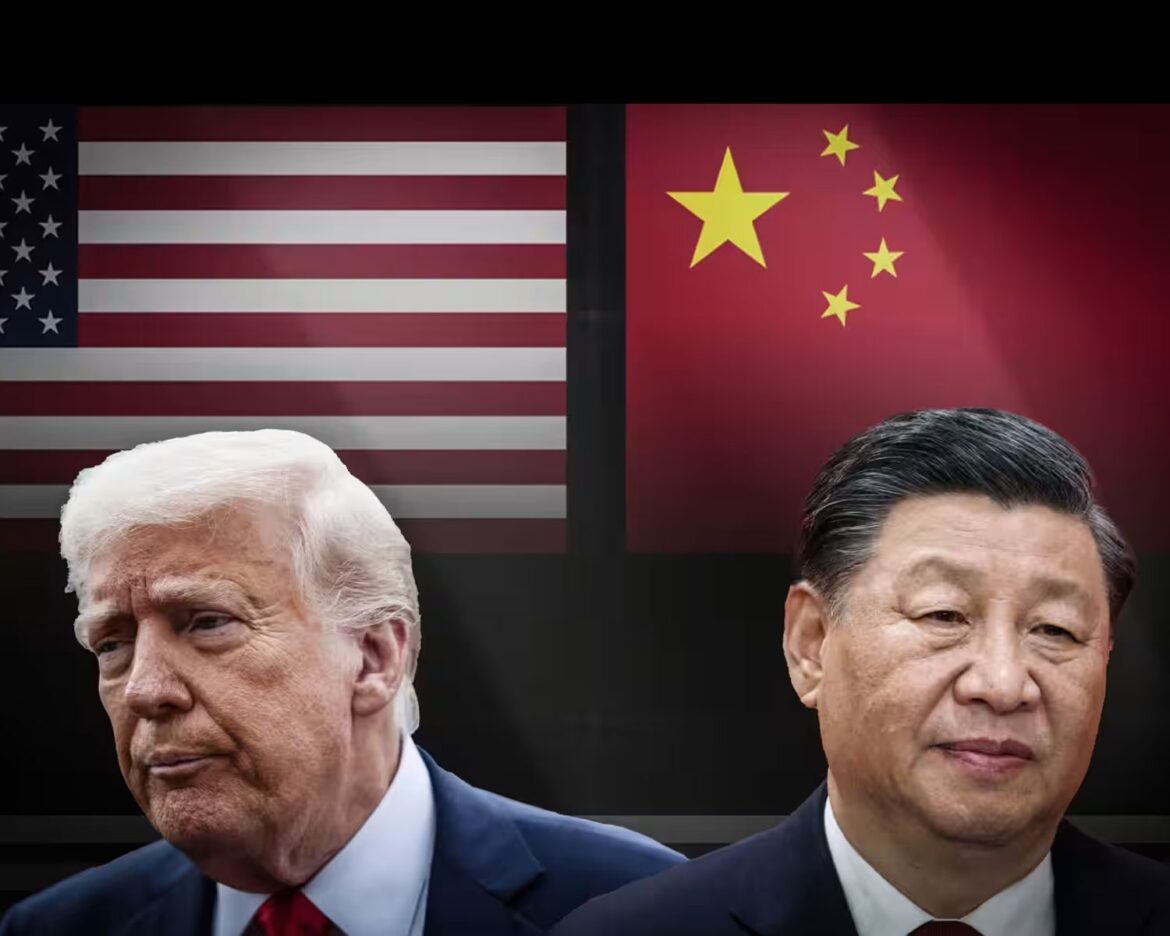In a surprising turn of events following intense negotiations in Geneva, the United States and China jointly announced today a significant de-escalation of their trade war, agreeing to slash tariffs on each other’s goods by more than 100 percentage points for an initial 90-day period.
According to a joint statement released by both nations, effective Wednesday, May 14, the United States will reduce its tariffs on Chinese imports from the recently escalated rate of 145% down to 30%. China will reciprocate by lowering its tariffs on American goods from 125% to 10%. This dramatic rollback offers a substantial reprieve in the trade tensions that have roiled global markets and sparked concerns about economic growth.
U.S. Treasury Secretary Scott Bessent, speaking to reporters in Geneva, hailed the agreement as “substantial progress,” emphasizing that “neither side wants a decoupling” of the two economies. He noted that the previous high tariff levels were akin to an embargo, which was not in either nation’s interest.
China’s Ministry of Commerce echoed this sentiment, calling the agreement an “important step” towards resolving bilateral differences and a foundation for future cooperation. They expressed hope that the U.S. would cease its “erroneous practice of unilateral tariff hikes.”
Key Points of the Agreement:
- Significant Tariff Reductions: The U.S. will cut tariffs on Chinese goods by 115 percentage points (from 145% to 30%), and China will reduce tariffs on U.S. goods by 115 percentage points (from 125% to 10%).
- 90-Day Period: These tariff reductions are temporary, lasting for an initial period of 90 days.
- Commitment to Further Talks: Both countries have agreed to establish a mechanism for continued discussions on economic and trade relations, led by U.S. Treasury Secretary Scott Bessent, U.S. Trade Representative Jamieson Greer, and Chinese Vice Premier He Lifeng.
- China to Suspend Countermeasures: China has also agreed to suspend or remove non-tariff countermeasures it had implemented in response to U.S. tariffs since April 2.
Market Reaction and Economic Impact:
The announcement triggered a wave of optimism in global financial markets. Stock futures surged, and Asian markets closed higher on the news. Analysts suggest that these significant tariff reductions, which effectively bring rates back to levels seen before the most recent escalations, offer substantial relief to both economies.
Concerns remain about the long-term sustainability of this truce and whether the two sides can bridge their underlying differences within the 90-day window. The remaining U.S. tariffs of 30% on Chinese goods still include a 10% baseline tariff applied to most countries and a 20% tariff related to concerns about fentanyl precursors.
Economists note that while this de-escalation is a positive development, the reduced tariff levels still represent a barrier to trade compared to pre-trade war conditions. The impact on consumers and businesses in both countries will depend on the extent to which these tariff reductions are passed on in the form of lower prices and reduced costs.
Looking Ahead:
The next 90 days will be crucial as the U.S. and China engage in further negotiations. The world will be watching closely to see if this temporary truce can lead to a more lasting resolution of the trade tensions between the world’s two largest economies.



